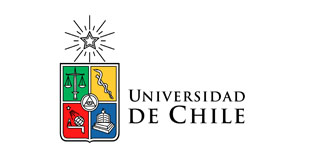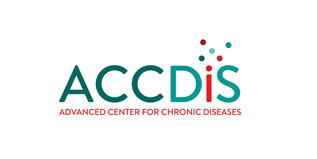
- Search
- Search Result
- Database Details
tmRNA Website
Database version: 2014
RNA Type: Multiple classes
Overview: Genes for the RNA tmRNA and protein SmpB, partners in the trans-translation process that rescues stalled
ribosomes, have previously been found in all bacteria and some organelles. During a major update of The tmRNA
Website (relocated to http://bioinformatics.sandia.gov/tmrna), including addition of an SmpB sequence database,
we found some bacteria that lack functionally significant regions of SmpB. Three groups with reduced genomes have
lost the central loop of SmpB, which is thought to improve alanylation and EF-Tu activation: Carsonella, Hodgkinia,
and the hemoplasmas (hemotropic Mycoplasma). Carsonella has also lost the SmpB C-terminal tail, thought to stimulate
the decoding center of the ribosome. We validate recent identification of tmRNA homologs in oomycete mitochondria
by finding partner genes from oomycete nuclei that target SmpB to the mitochondrion. We have moreover identified
through exhaustive search a small number of complete, but often highly derived, bacterial genomes that appear to
lack a functional copy of either the tmRNA or SmpB gene (but not both). One Carsonella isolate exhibits complete
degradation of the tmRNA gene sequence yet its smpB shows no evidence for relaxed selective constraint, relative
to other genes in the genome. After loss of the SmpB central loop in the hemoplasmas, one subclade apparently lost
tmRNA. Carsonella also exhibits gene overlap such that tmRNA maturation should produce a non-stop smpB mRNA.
At least some of the tmRNA/SmpB-deficient strains appear to further lack the ArfA and ArfB backup systems for
ribosome rescue. The most frequent neighbors of smpB are the tmRNA gene, a ratA/rnfH unit, and the gene for
RNaseR, a known physical and functional partner of tmRNA-SmpB.
Search Methods:
- TAG: by Phylum
- Keyword: tmRNA OR SmpB by strain, NCBI Accession and identifiers
Source: This dataset consisted of 2031 bacterial and 137 archaeal complete genomes, and 1711 additional bacterial
plasmids and 543 bacterial viruses (and 44 additional archaeal plasmids and 38 archaeal viruses) that were not part
of chromosomal genome projects.
Information Source: In silico annotation.
Information Content: Annotation, Bacterial, Sequence, Taxonomy.
Reference: Hudson et al., 2014
PubmedID: 25165464.
Year: 2014
Multiple search: No
Download: FASTA, Other.
Genomic Overview: Yes






